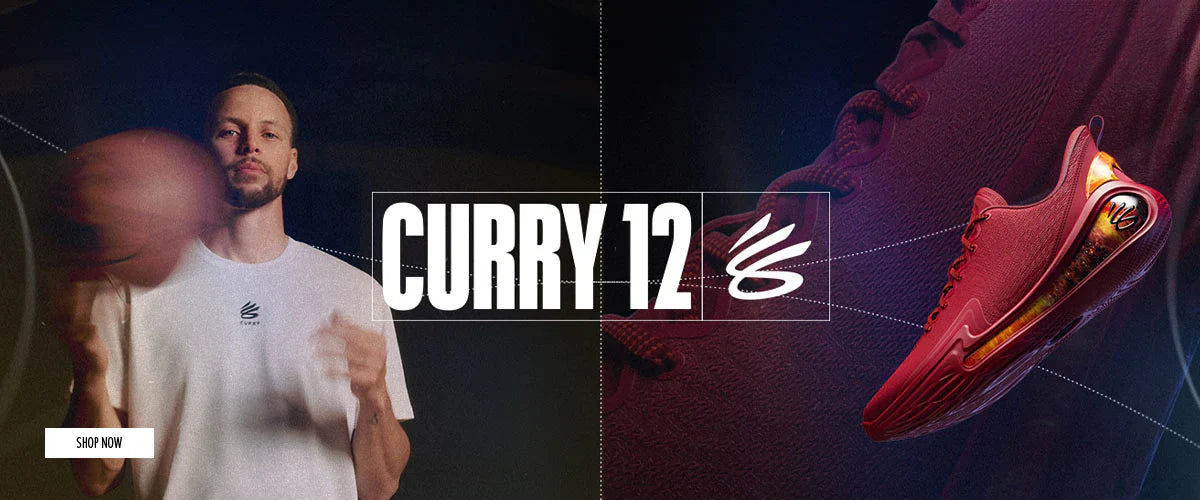How Running Shoes Should Fit
Many runners are unsure about how much room their shoes should have. Coupled with a rise in your blood flow, the impact of each foot strike can cause your feet to swell slightly during a run. As such, it is typically more accurate for you to try on shoes at the end of the day, when your feet have swelled up.
You do not necessarily have to buy a size bigger for your running shoes but there should be at least about a finger’s width of space between your longest toe and the end of the shoe. As a general rule of thumb, you should be able to wiggle all your toes within your shoes. Additionally, the upper of your running shoe should feel snug and not constrictive. As for the heel, it should also envelop the back of your foot snugly. You can tell if the running shoes are too big when they start slipping off while you are walking or running.
Know Your Foot Type
Different foot types require a different shoe fit. Neutral feet generally fit well in most shoes. On the other hand, those with narrow, flat feet are usually overpronators, so lightweight running shoes with medial support may be more ideal. If you have high-arched feet, highly cushioned shoes with a curved shape can offer added support. For people with wide feet, bunions or hammer toes, a wide toe box will bring more comfort.
When to Retire Your Running Shoes
It may be tempting to cling onto your favourite pair of running shoes for years but replacing them frequently can save you from discomfort and injury down the road. So, how long do running shoes last for heavy runners? While wear and tear varies depending on your running frequency and usual terrain, running shoes generally have a lifespan of around 600 kilometres (nearly 400 miles), or four to six months of regular use, before losing resiliency.
Besides checking signs of wear in the sole, you can also feel when your shoes have lost its “bounce” and cushioning – your feet should not be hurting after running just a few miles. Shifts in your feet pronation and running gait may also be signs that your shoes are no longer providing ample support.







